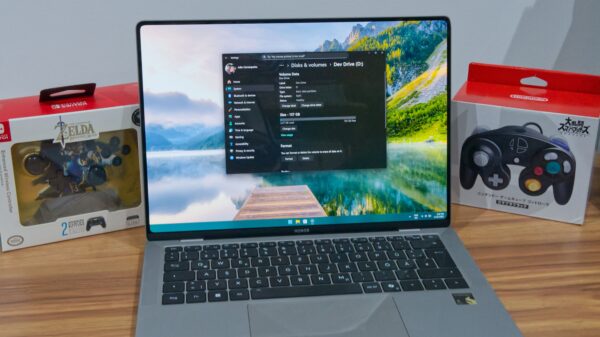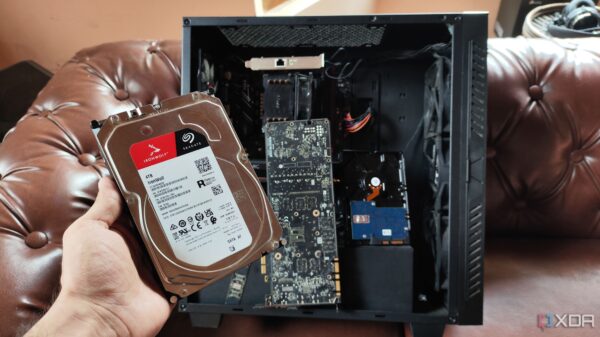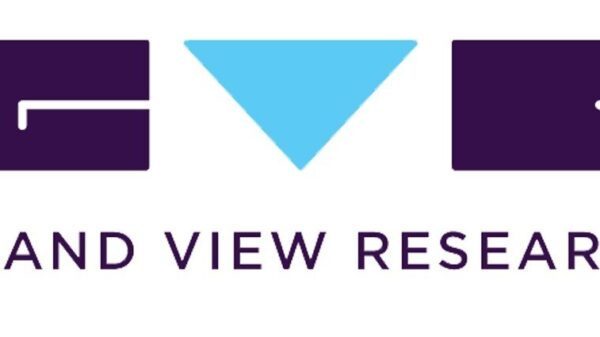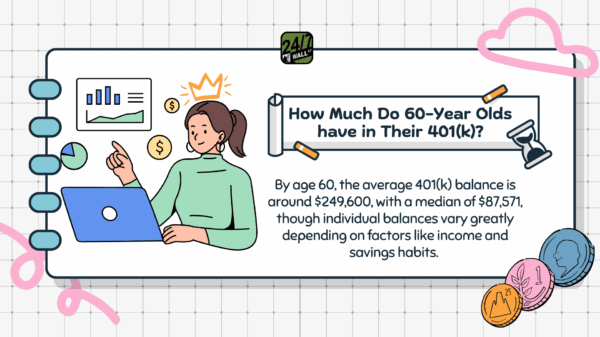UPDATE: The latest report from the U.S. Census Bureau reveals that U.S. retail sales surged by 0.5% in July, fueled primarily by a spike in auto purchases. This significant growth totals $726.3 billion in retail and food service sales, marking an impressive 4% increase compared to July last year.
Released on August 18, 2023, the advanced estimates provide a positive outlook as the Bureau also revised June’s retail sales growth from 0.6% to 0.9%, adjusting the total to $722.6 billion. Economists had anticipated a steady growth of 0.5% for July, aligning with the newly revised figures.
“Two weeks ago, revisions were the big story with the Jobs Report in a negative way, and today the revisions are again the bigger part of the story, but in a positive way,” stated Chris Zaccarelli, chief investment officer for Northlight Asset Management. He emphasized that prior month retail sales numbers were better than previously reported, enhancing the overall narrative of economic resilience.
Auto sales have been a key driver of this growth, rebounding from a decline in May. A recent report by Cox Automotive indicates that new-vehicle purchases rose by 6.6% year-over-year, bolstered by strong fleet sales. Other sectors, including furniture, home goods, and clothing stores also experienced sales increases compared to June.
However, not all sectors thrived. Sales at food and drink service establishments, along with electronic and appliance stores, saw declines in July, reflecting shifting consumer preferences.
Looking ahead, industry experts are urging investors to closely monitor auto sales and discretionary spending, such as restaurant visits, as indicators of consumer health. “Recession risks remain low,” remarked Jeffrey Roach, chief economist for LPL Financial. He suggested that the Federal Reserve might consider a more neutral stance and potential rate cuts in upcoming meetings.
Zaccarelli added that as long as consumer spending stays robust, companies can retain workers, which helps sustain corporate profits and stock prices. “The market is expensive, inflation is rising, but consumers are still spending, and the economy continues to grow,” he noted, suggesting a slow but steady path for the stock market as we approach year-end.
In an unexpected turn, July’s wholesale inflation numbers also rose sharply, with the Producer Price Index climbing 0.9% month-over-month, far exceeding forecasts of 0.2%. This marks the largest increase since early 2022, raising new questions for analysts and investors alike.
As these developments unfold, the retail landscape remains dynamic, with potential implications for consumers and investors. Stay tuned for more updates on how these shifts will influence the economy moving forward.



































































